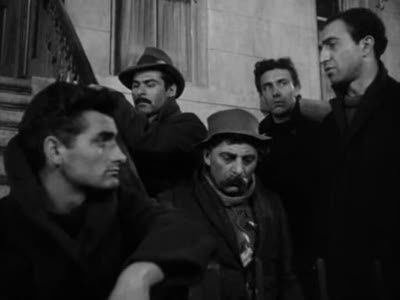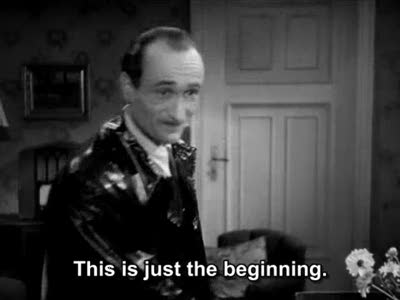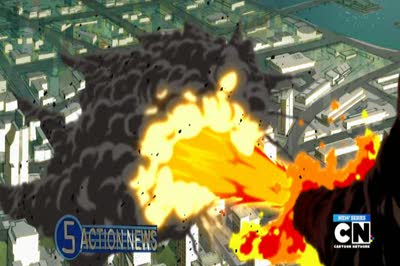Year: 2010
Genre: History with swearing
Subgenre: Lovable sadistic gangsters and cops battle it out in 2000’s New Jersey / 1870’s Deadwood / 1920’s Atlantic City.
Primary audience: People who want to be reassured that everyone in the past were hedonists too.
Tics: Every man’s a gangster, every woman a whore.
Worth watching: Not sure.
Let’s call it the Ian McShane smirk, even though he’s not in this series. It’s the look of a character out of the past who knows it’s all a charade, that there are no truths, no right or wrong. It’s the character who at heart is really one of us, only slicker.
And this has been the mode now for about a decade, hasn’t it? It’s beginning to feel dated. It used to say: We’re daring and honest. Now it says: We know nothing about the past, nothing about people, and we have nothing to say. So we’re settling for the same old polished grittiness that makes you grin because you still think it shocks other people.
It doesn’t make you think. It doesn’t make you feel anything. It doesn’t even make you uncomfortable.
But hey, it looks good.












